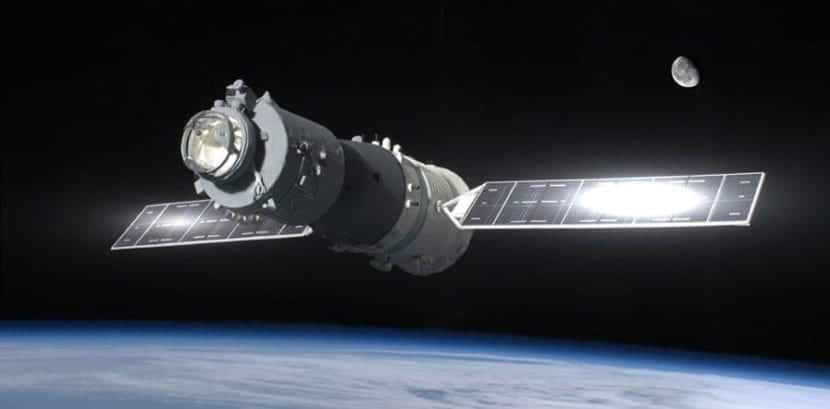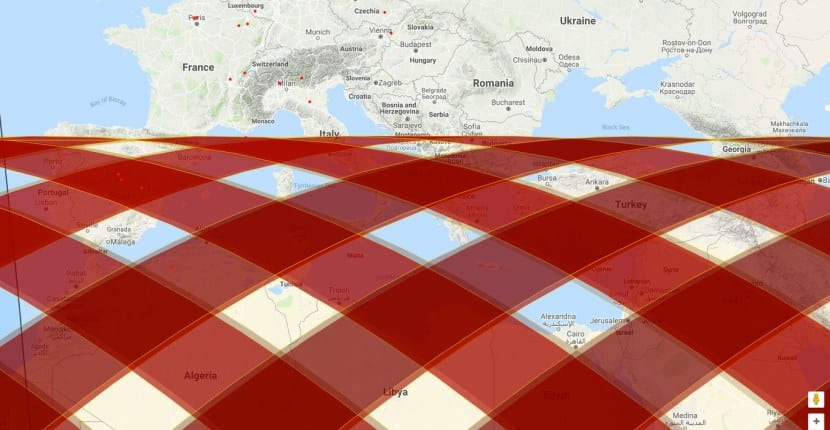
A few weeks ago we already had the opportunity to talk about the fact that the Chinese space station Tiangong-1 is to be literally out of control, something that would finally make it rushed to the earth. Perhaps the part that can most concern us about this whole issue is that, being out of control, until just a few days ago it was not known for sure when it would finally fall on Earth and especially where.
We have finally had to wait until these days to learn more details about the fact that an entire space station falls on Earth. The fear, as recognized by experts just weeks ago, the experts who were constantly monitoring the situation of Tiangong-1 was that, due to its size, it was not going to completely disintegrate upon entry to Earth. so enough material would fall, either into the sea, or on land.

A bit of history to understand why Tiangong-1 exists
China has practically always stood out for following a very different strategic plan in terms of its peculiar presence in the space race. Literally and in this sense we can say that China has always followed its own path, making the necessary investments without the need for external collaboration. With this in mind, it wasn't until September 30, 2011 when the country managed to put into orbit the one baptized as Tiangong-1, same that during 2012 and 2013 it came to house up to six astronauts inside.
Going into a little more detail, it should be noted that we are talking about a complex about 10 meters in length and 3 meters in diameter. Despite being the smallest manned orbital laboratory in history, this is how it was baptized by the community at the time, the truth is that we are talking about a 8.500 kg structure. If we put this weight into perspective, tell you that it is more similar to the one that ships like the SpaceX Dragon capsule can have, far away from that presented by other similar complexes such as the Russian MIR with its 120.000 kilograms.
Once Tiangong-1 was put into orbit, it originally began to work in an orbit 198 x 332 kilometers high and 42 degrees of inclination. Later the space station was elevated up to 336 x 353 kilometers. Once this position was reached, the station was regularly raised once or twice a year, as required, to compensate for friction. At this point and by 2016, the Chinese government lost control of the station so they could not continue carrying out lifting work, which has brought us to the point where we are today.

The Tiangong-1 travels at 27.000 kilometers / hour, something that makes it impossible to predict where it will fall
One of the great problems that scientists face when predicting where Tiangong-1 may fall is the fact that it, upon entering the atmosphere, travels at a speed close to 27.000 kilometers / hour. This makes its impact zone, as you can see in the image above these lines, very wide. Even so, it must be borne in mind that, according to official ESA statements, we should not have any fear since, despite the risk that Tiangong-1 entails falling to the mainland, the truth is that the probability of hitting a person or building is 1 in 10.000.
Because of this and, even though the space station is expected to finally fall to Earth on April 1, the truth is that we should not have or consider this situation as something dangerous. At this point and to finish, I would like to refer to NASA itself, an agency that among the published calculations, announced that the probability that an object of about 6 tons could hit us is much lower than those shown previously. in 5 in 1 trillion.